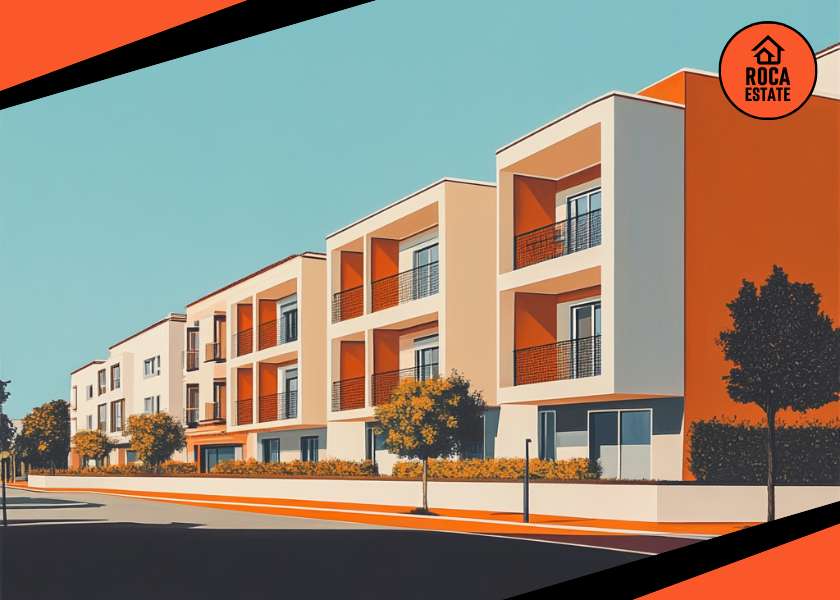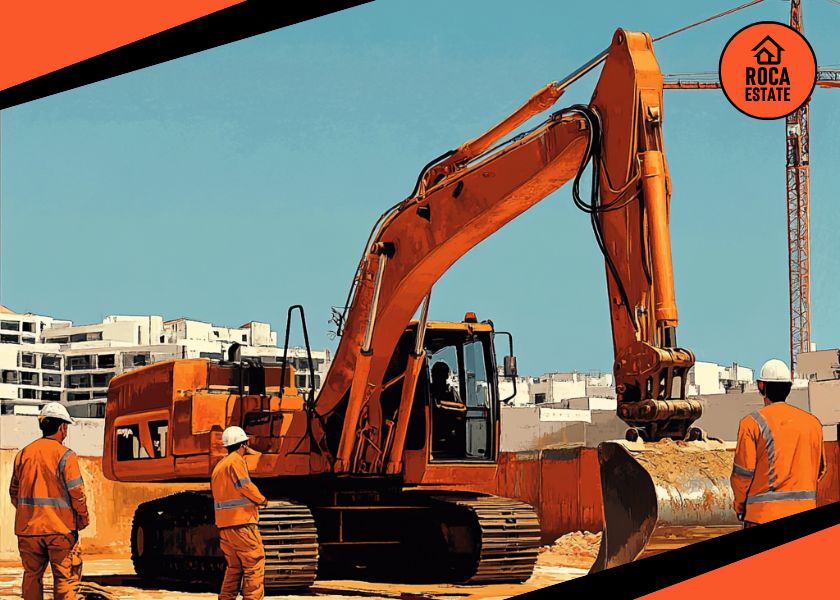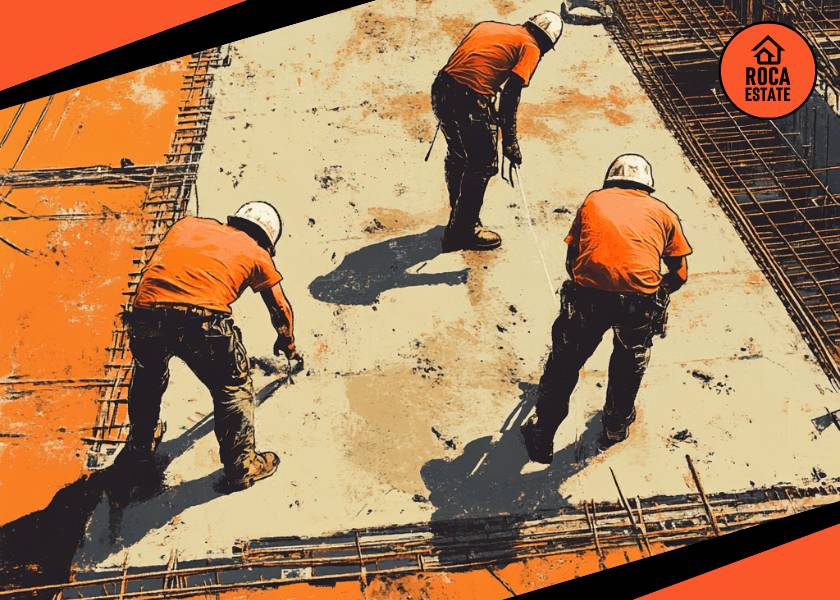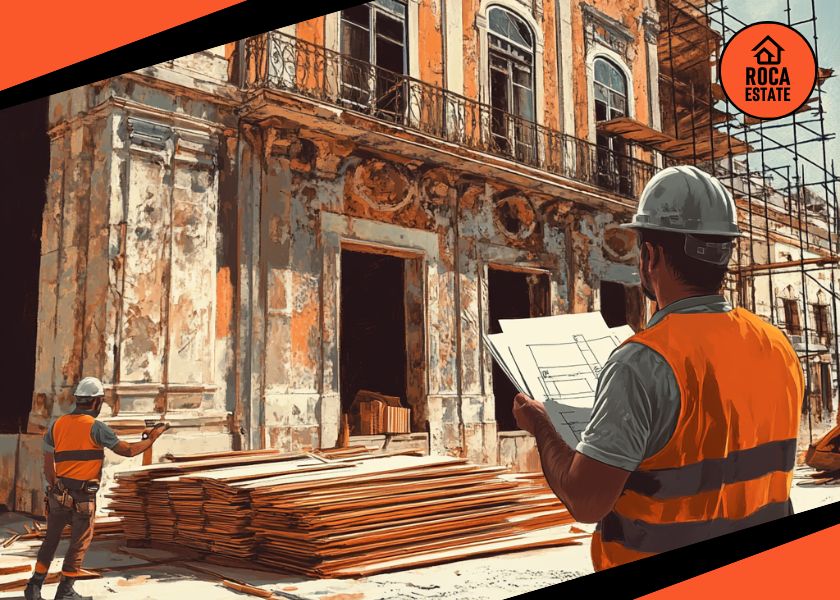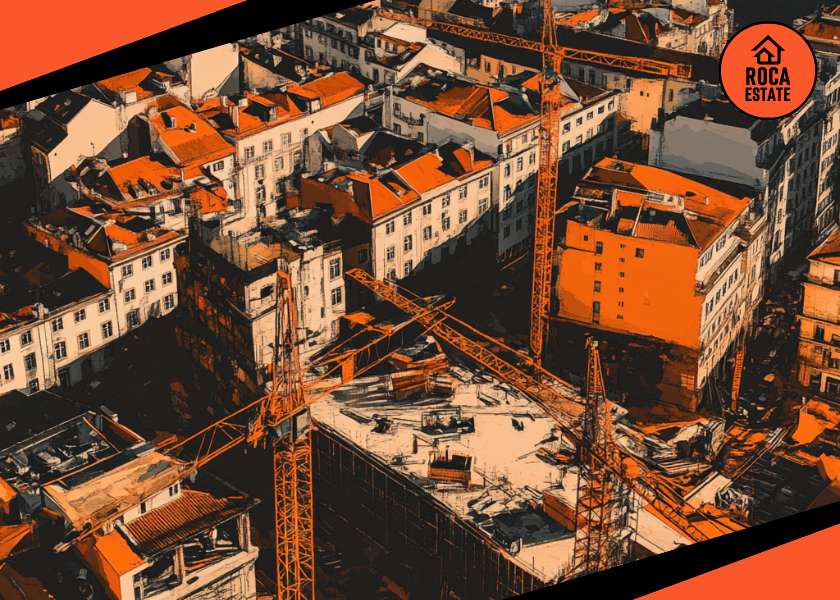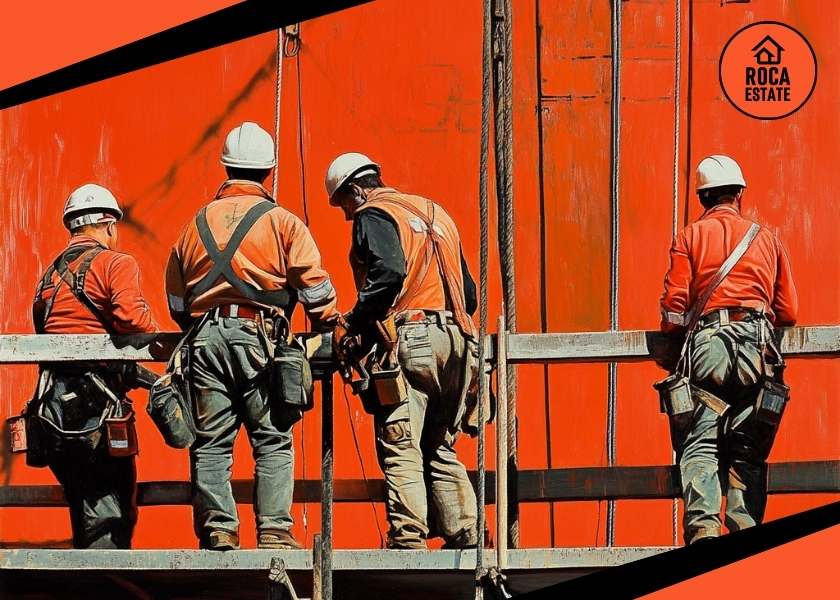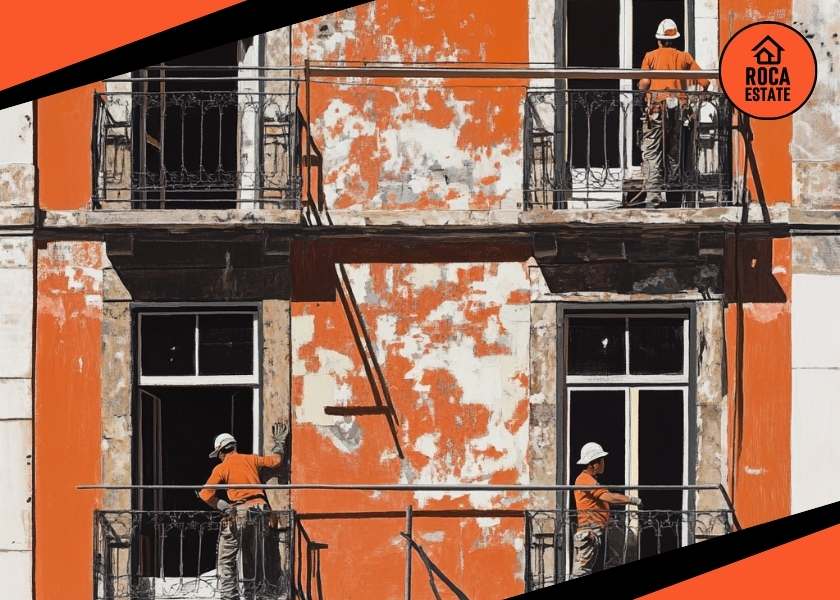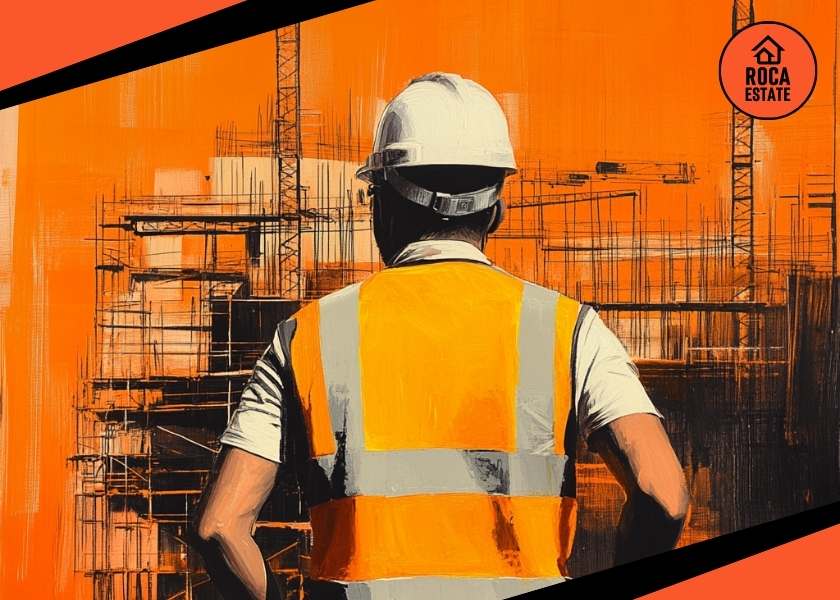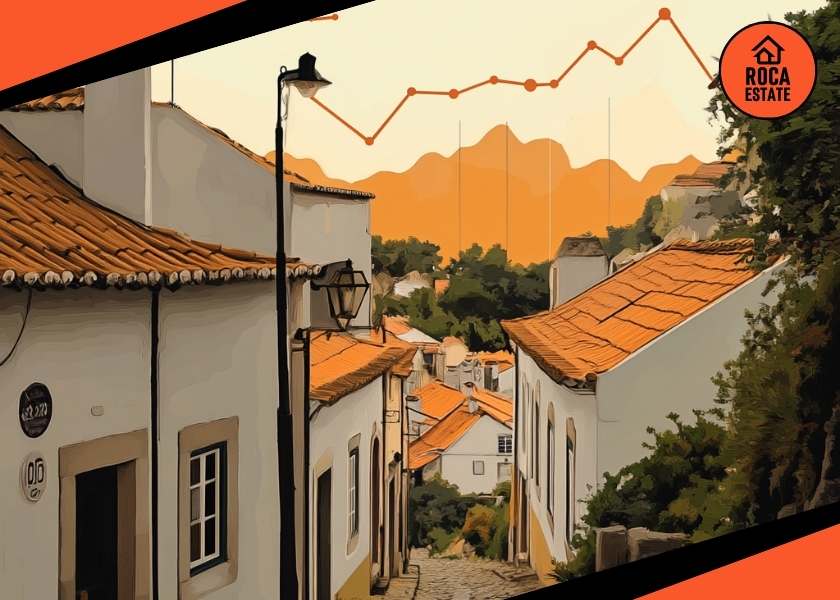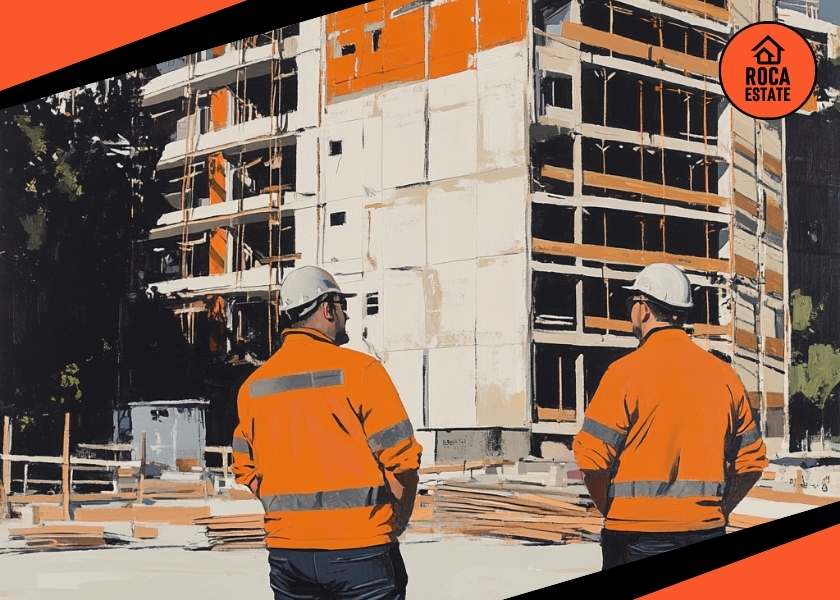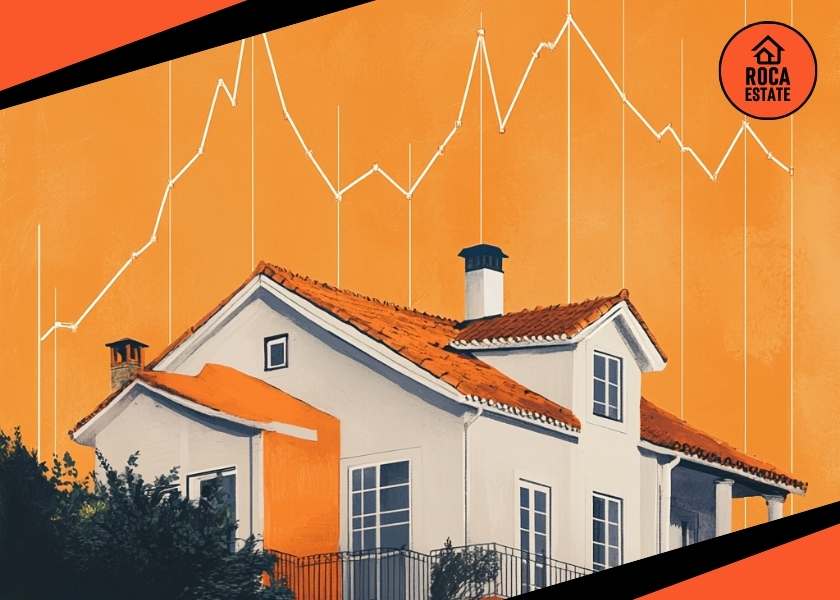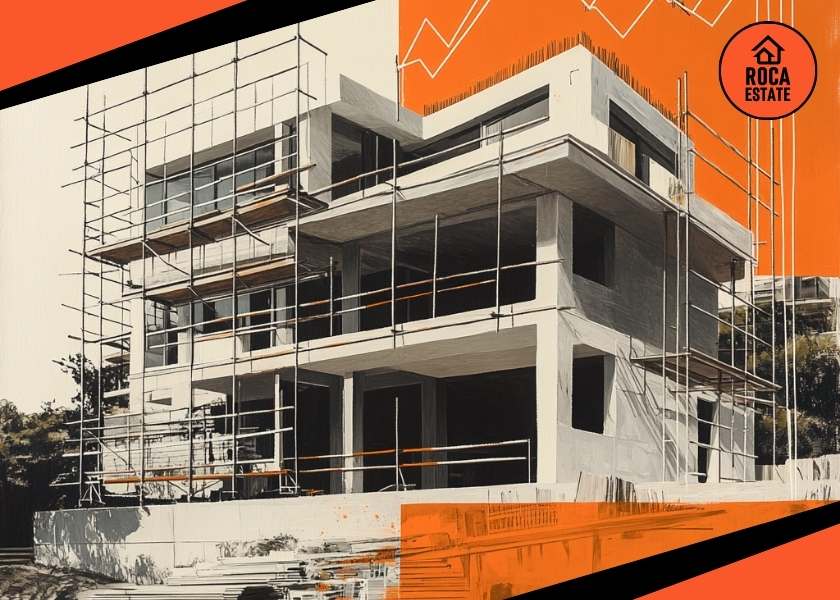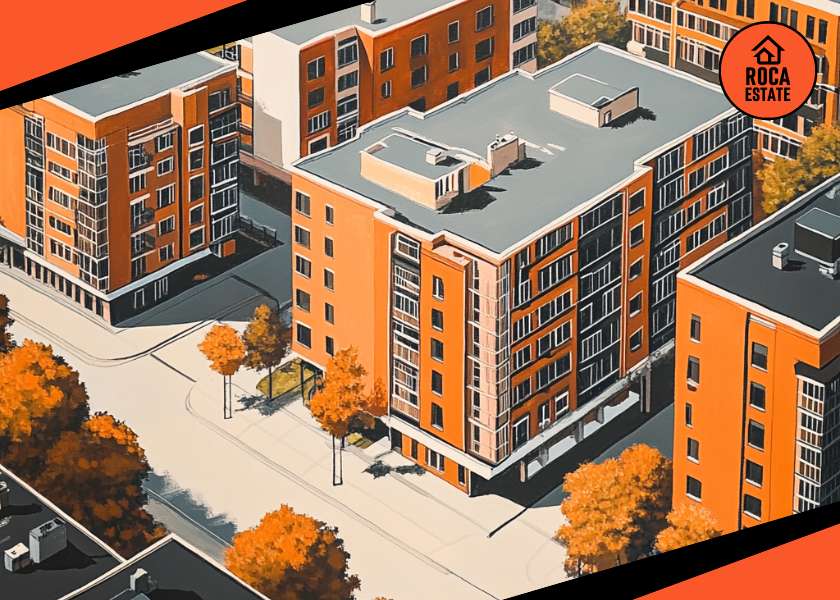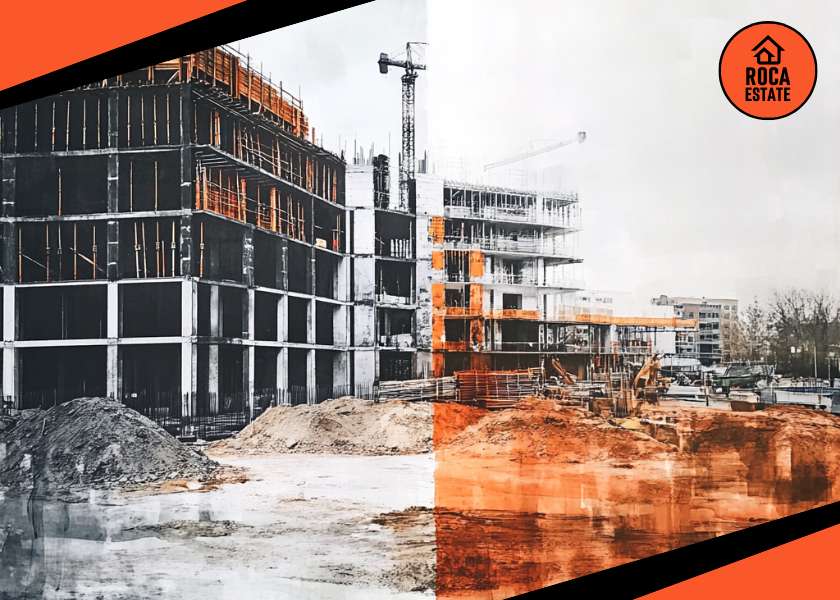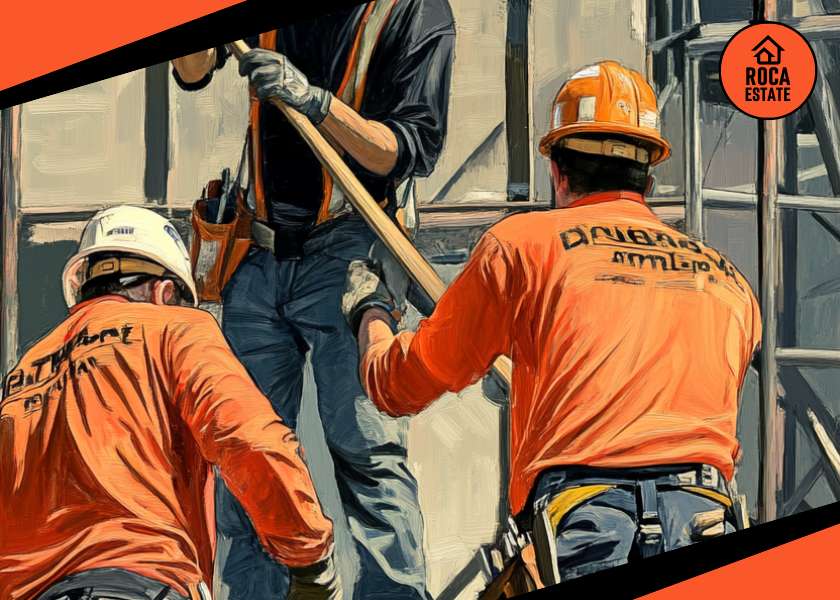Portugal Housing Construction Cost Index – February 2025 Briefing
The latest data from Statistics Portugal shows a continued rise in construction costs for new housing, with February 2025 marking a 3.1% year-on-year increase in the construction cost index. While this reflects a slight cooling from the 3.4% growth recorded in January, the data reinforces an ongoing trend: labor cost inflation is the dominant driver, and materials remain broadly stable.
For real estate investors, this monthly index offers valuable signals. It highlights cost pressures that can impact project timelines, pricing models, and ultimately, return on investment.
Key Takeaways
- Total Construction Cost Growth: February’s annual increase of 3.1% is slightly below January’s 3.4%, continuing a broader cooling trend observed since mid-2022.
- Labor Costs: Up 6.9% year-on-year, labor remains the strongest inflationary force in construction inputs. This is consistent with a pattern seen throughout 2024 and into early 2025.
- Material Costs: Flat (0.0% YoY). The price of construction materials has stabilized, following a volatile period during 2021–2022, when material inflation was in double digits.
Strategic Implications for Investors
1. Labor is the Inflation Story Now
Investors should be watching labor markets more closely than commodities. Even as material prices plateau, persistent wage growth – particularly in skilled trades – is pushing up total construction costs. This may be tied to structural labor shortages in the sector or ongoing regulatory wage adjustments.
Actionable Insight: Review contractor agreements for cost pass-through clauses. If planning multi-phase developments, build in contingencies for wage inflation, especially beyond Q2 2025.
2. Stabilized Material Prices Offer Predictability
Material costs have remained flat for several months, offering a degree of budgeting certainty. This could create room for tighter cost controls, assuming no external supply shocks.
Actionable Insight: Investors with warehousing capacity or supplier contracts may consider locking in medium-term pricing while volatility is low.
3. Cost Growth Deceleration Signals Market Normalization
Since the construction cost index peaked in 2022 with over 10% annual increases, we’ve seen a consistent moderation. February’s 3.1% rise is near the lowest seen since 2021. This trend may reflect normalization after the pandemic-era disruptions.
Actionable Insight: This could be an opportune time for investors to greenlight paused developments, particularly those delayed due to price uncertainty.
What to Watch in the Coming Months
- Wage Negotiations and Labor Policy: The labor cost index has outpaced all other components for the last 12 months. Any government action on labor regulation or union agreements could further influence costs.
- Interest Rates and Financing Conditions: While not covered in the CCINH, interest rates will amplify the impact of rising construction costs on overall project feasibility.
Conclusion: Risk-Managed Optimism
Portugal’s construction sector appears to be entering a period of relative stability – moderate cost increases, stable material pricing, and predictable inflation trends. For investors, this environment offers more visibility, but not without risks. Labor cost volatility remains a wildcard. Forward-thinking investors will factor in wage dynamics and build in inflation buffers, rather than relying solely on historical pricing trends.
The cost environment is more stable than it was a year ago, but strategic investors should remain focused on labor trends and remain agile in cost planning.
Let us know if you’d like assistance recalibrating your investment models or exploring location-specific trends in real estate investments in Portugal.
Construction cost index for new residential dwellings
Understanding construction cost trends is crucial when evaluating investment opportunities in Portugal. For detailed insights on legal, financial, and operational aspects of real estate investment in Portugal, visit our FAQ section where we address key questions that help investors make informed decisions.






